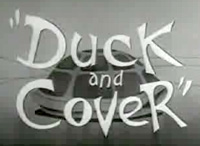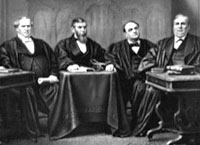Medicine and Madison Avenue

Designed to help users better understand the evolution and complexity of medicinal marketing in the 20th century, this website provides more than 600 health-related advertisements printed in newspapers and magazines from 1910 to 1960. Ads are organized into six categories: Household Products; Over-the-Counter Drugs; Personal and Oral Hygiene; Vitamins and Tonics, Food, Nutrition and Diet Aids; Institutional and Pharmaceutical; and Cigarettes. Over-the-Counter Drugs; Personal and Oral Hygiene; Vitamins and Tonics, Food, Nutrition and Diet Aids provide the largest number of advertisements; the Cigarette category offers only one.
Supplementary materials, such as internal reports from marketing companies, American Medical Association reports and editorials, Federal Trade Commission archival records, transcripts of 1930s radio commercials, and medical journal articles, focus on the production and influence of health-related advertisements. A bibliography provides 80 further reading suggestions. The project highlights materials for case studies on Fleischmann's Yeast, Listerine, and Scott Tissue.

